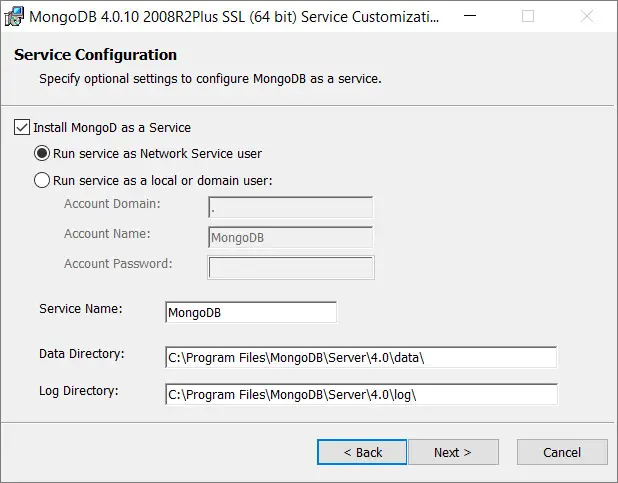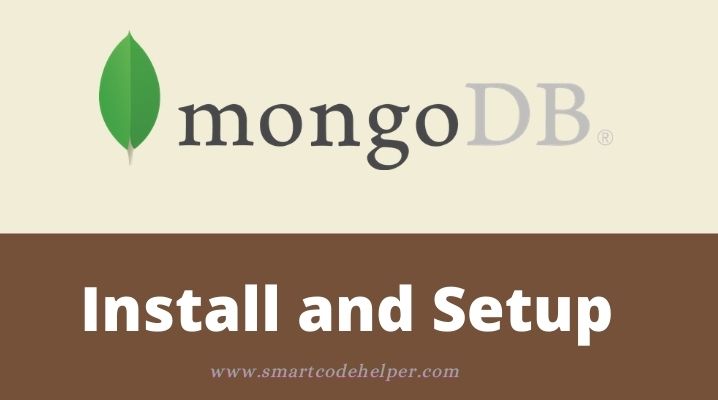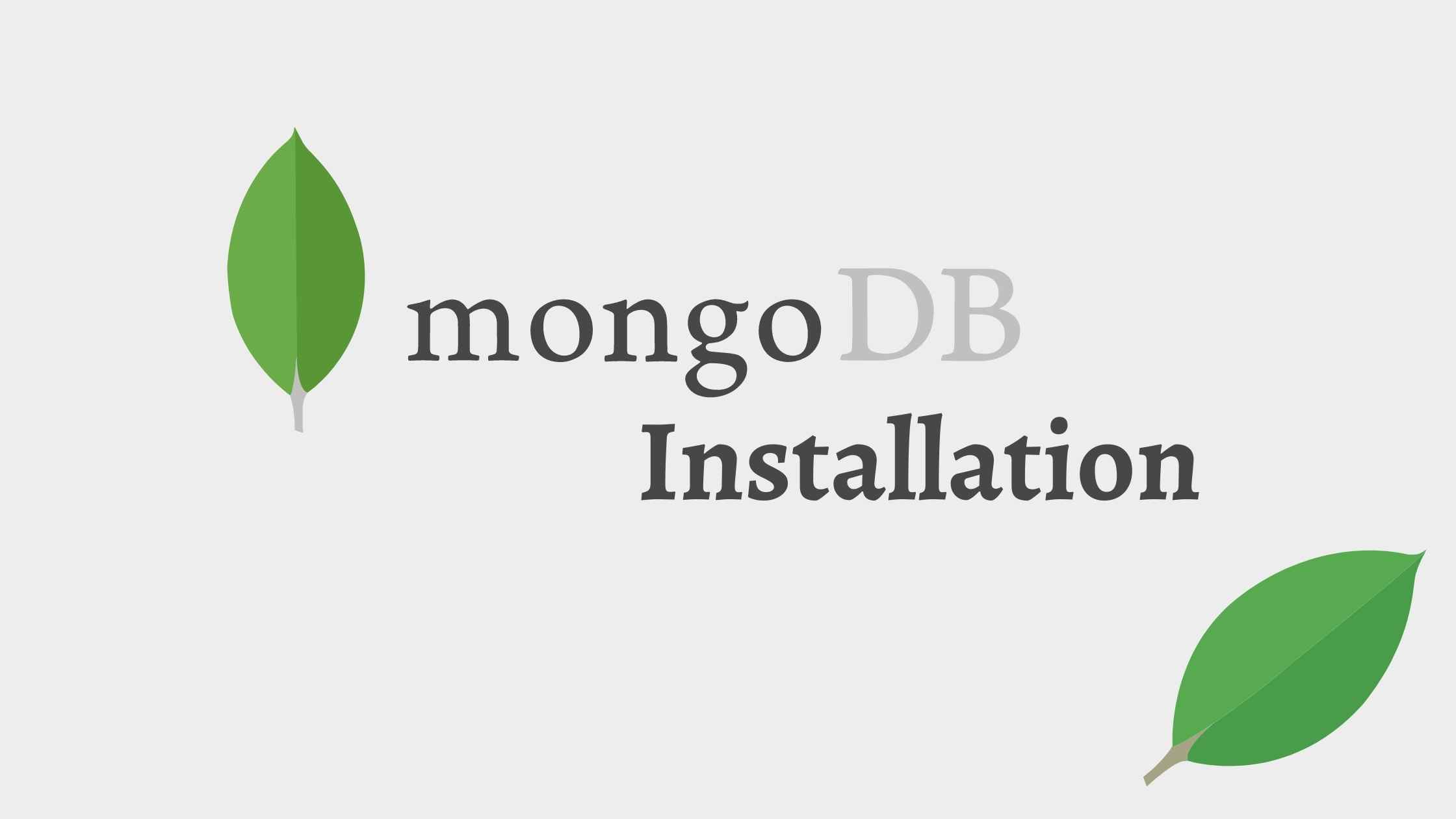

- #MONGODB SETUP WINDOWS HOW TO#
- #MONGODB SETUP WINDOWS INSTALL#
- #MONGODB SETUP WINDOWS UPDATE#
- #MONGODB SETUP WINDOWS LICENSE#
- #MONGODB SETUP WINDOWS DOWNLOAD#
In the MongoDB shell, you can type exit to end your session. Afterwards, you can safely close the MongoDB Compass application. In MongoDB Compass, click the Connect menu and select Disconnect to drop the connection to your MongoDB server. When you are finished working with your MongoDB server, you can stop each of the components. Once Compass connects to your local server, it will display information about the databases within and allow you to manage your data using a friendly graphical interface: If you click Connect without entering any information, Compass will automatically attempt to connect to a local MongoDB server running with the default configuration.Ĭlick Connect to connect to the MongoDB server you are running. The initial screen will give you the opportunity to connect to a running MongoDB server by providing a connection string: If you installed the MongoDB Compass component, you can also connect to and manage your MongoDB server from a graphical interface. To verify that the server is responding to commands, run the show dbs command: Once the shell connects to the server, it will print information about the connection and drop you into a MongoDB prompt: You can create that directory by typing:Ĭ:\Program Files\MongoDB\Server\4.4\bin\mongo.exe In your start menu, type cmd and click on the Windows Command Prompt to launch a terminal session.īefore you run the server, you need to create the default directory where MongoDB stores its data: \data\db. Both of these components are run from the command line. Now that MongoDB is installed, we can run the server and connect to it using the included MongoDB shell. Once the installation is complete, MongoDB Compass may open automatically.
#MONGODB SETUP WINDOWS INSTALL#
The next screen indicates that the pre-installation configuration is complete and that MongoDB is ready to install:Ĭlick Install to begin installing all of the MongoDB components on your computer. Next, choose whether you want to install MongoDB Compass, a graphical interface that you can use to connect to and manage MongoDB servers. Click Next when you are satisfied with your selections. The default values should work well for most scenarios.

The next screen allows you to customize the installation location and other configuration items: The next page allows you to choose which components you wish to install:Ĭhoose the Complete installation to install all of the MongoDB components.
#MONGODB SETUP WINDOWS LICENSE#
On the next page, read and review the end-user license agreement and check the box confirming that you agree to the terms
#MONGODB SETUP WINDOWS DOWNLOAD#
Once the download completes, double click on the file to run the installer (you may have to confirm that you wish to allow the program to make changes to your computer):Ĭlick Next on the initial page to continue. Once the download is complete, double click on the file to run the installer (you may have to confirm that you wish to allow the program to make changes to your computer): Visit the download page for the MongoDB Community Server and select the latest msi package available for Windows. MongoDB provides a native Windows installer to install and configure your databases. Prisma is an open-source database toolkit for Typescript and Node.js that aims to make app developers more productive and confident when working with databases.
#MONGODB SETUP WINDOWS HOW TO#
How to query and filter documents in MongoDB.How to manage databases and collections in MongoDB.How to manage authorization and privileges in MongoDB.How to manage users and authentication in MongoDB.
#MONGODB SETUP WINDOWS UPDATE#

Creating and deleting databases and tables with SQLite.An introduction to MySQL column and table constraints.How to create and delete databases and tables in MySQL.An introduction to PostgreSQL column and table constraints.An introduction to PostgreSQL data types.How to create and delete databases and tables in PostgreSQL.Glossary of common database terminology.Comparing database types: how database types evolved to meet different needs.


 0 kommentar(er)
0 kommentar(er)
